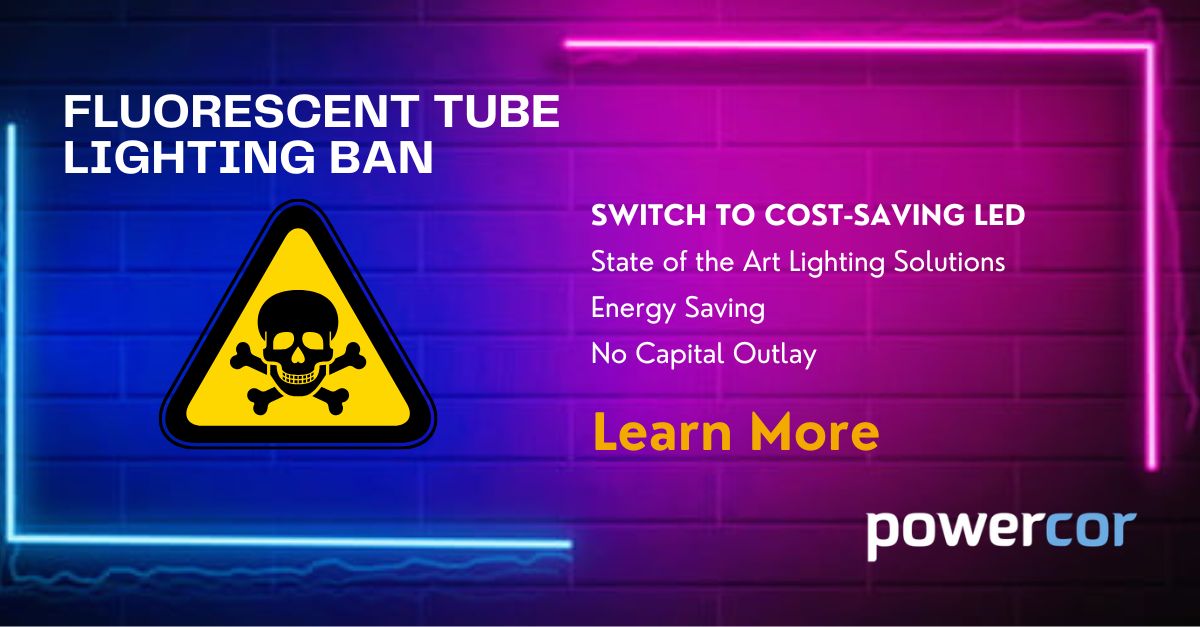What is Emergency Lighting?
Emergency lighting is lighting for an emergency situation where the main power supply is cut off and normal illumination fails.This may lead to sudden darkness and possible danger to the occupants.
These fittings require regular testing and depending on how they are switched depends on how they are checked.
- If the whole install is operated by 1 kill switch then a full walk of the building must be carried out to check that the lights have illuminated when the power supply is cutoff and when re- energised a further full walk through to insure that the lights are recharging.
- If there are local kill switches to each area then a simple on/off test can be carried out with a simple check that the recharging light has come back on before leaving the area.
These results should then be recorded in a Emergency Light Log Book and if any failures occur the relevant action taken and log book updated following remedial works.
There are 2 different types of emergency lighting depending on what environment they are to be installed in.
- Non- maintained are generally installed in a workplace in which artificial lighting is normally deployed while the premises are occupied and activate/illuminate with loss of power to the normal lighting.
- Maintained are generally used in place of assembly in cinema’s,halls and emergency exits.These are illuminated at all times to maintain lighting at all times for means of escape/evacuation.
How must you comply with Regulation?
There are regulations which must be complied with where emergency lighting is installed and regular checks must be carried out.
There are now self test fittings on the market which automatically carry out the required testing functions and flash to indicate if test has been completed successfully or test has failed and remedial action required.The benefits of these type of fittings out way the ordinary bulkhead type with testing monitored in house saving labour costs.
Each area that emergency lights are fitted should have a log book for results to be recorded and remedials carried out and dated.
One of the common errors that occur by landlords is that when alterations are made to a dwelling emergency lighting is not rearranged to suit new layout which is required by law.
The UK Regulatory Reform Fire Safety Order of 2005 specifies that UK installations must comply with the National Standard Body’s BS 5266 parts 1,7 and 8.Products must comply with BSEN 60598-2-22 and testing of the systems under BS5266 part 8.
There are 5 main ways in which landlords/employers could be breaking the law
- Failing to carry out a risk assessment(must be made available for the fire brigade to inspect at any time)
- Failing to comply with current standards for emergency lighting installations
- Failing to comply with current standards for emergency lighting products
- Failing to comply with current standards for emergency lighting testing
- Failing to rearrange emergency lighting after a building refurbishment.
One of the biggest mistakes made is allowing staff/employees back into premises or place of work too early after a mandatory 3 hour battery test as the the batteries require time to recharge.This effectually means that if a power failure occurs following a 3 hour test the lights will not have enough energy to illuminate the fittings and therefore dangerous.
Recent violations in the UK include a Hotelier incurring an 18 month prison sentence for not complying with regulations as well as a well known steel manufacturer incurring a £200,000 fine
Make sure you comply with UK Regulations.







